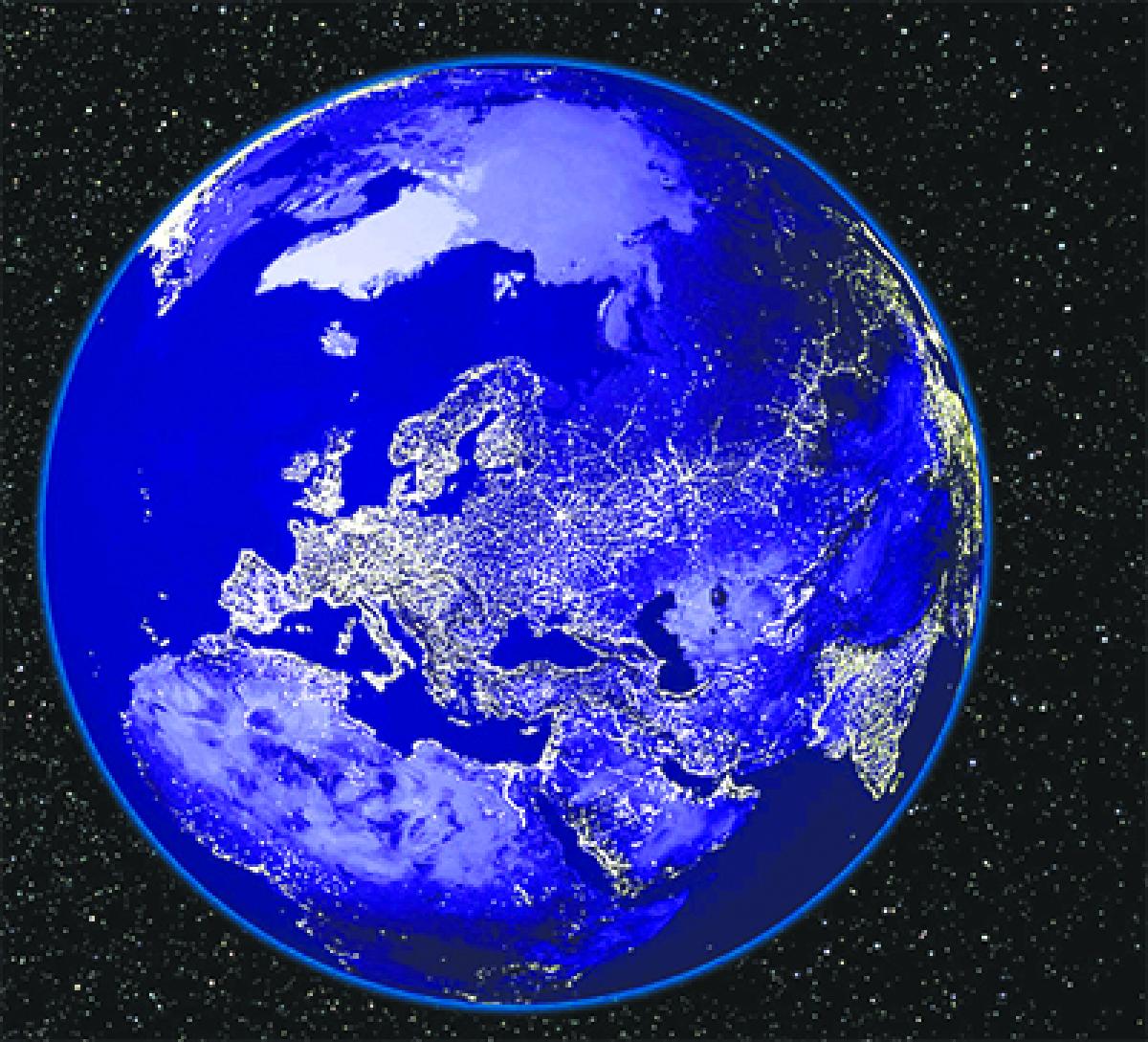Live
- 116 slum dwellers get house allotment letters
- Sunita Williams Feasts on Shrimp Cocktails in Space, But Fresh Food is Major Struggle
- Maxwell likely to be out of action for a month due to hamstring tear
- Pramod Tiwari accuses BJP of electoral misconduct, says INDIA Bloc will win
- Bitcoin Hits Record High Above $94,000 Amid Trump’s Possible Acquisition of Bakkt
- Dash panel visits Bharatpur police station
- Bengal school job case: HC grants conditional bail to suspended TMC leader Kuntal Ghosh
- BGT 2024-25: India’s likely playing XI for Australia vs India first Test in Perth
- Slovakia records lowest unemployment rate since 1993
- Samsung Galaxy S25 Ultra: Price Hike Expected – Details





.jpg) London:
London:



